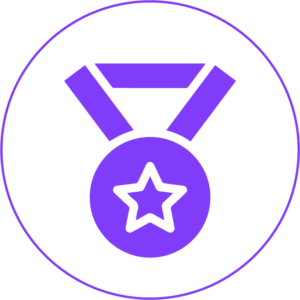Internal Mobility
1. Learning and Development Content
How would your organisation support a potential applicant’s career growth? When two of the top 5 priorities for applicants are advancement and skill development [The Future of Recruiting] it is important you explain what your organisation is doing.
People want to see your commitment to employee growth through training, mentorship programs, and career development opportunities. Some organisations will go as far as mapping out potential career paths but even having a page of content dedicated to learning and development help you stand out from other careers sites. [B&Q Careers]















